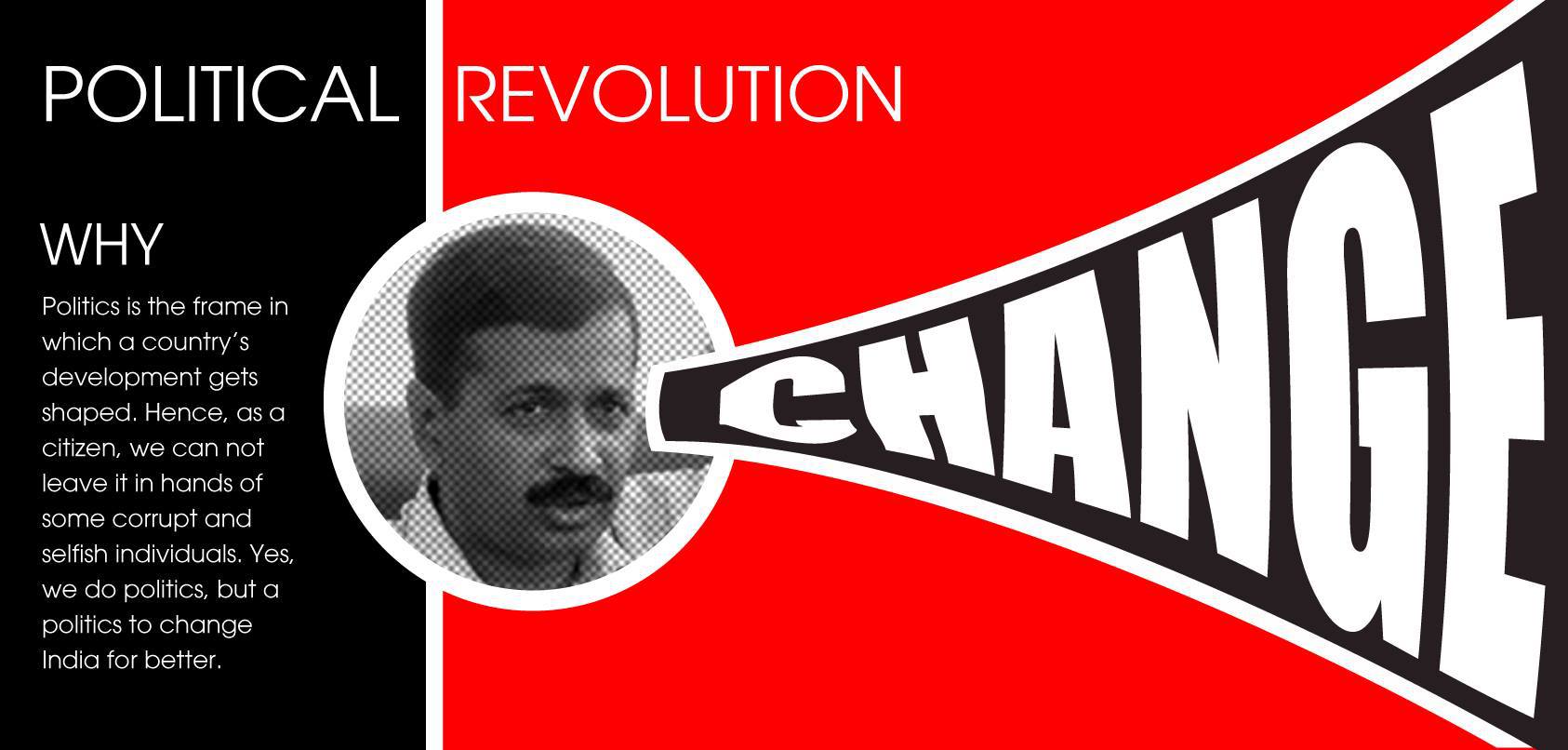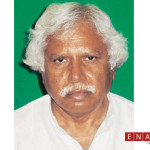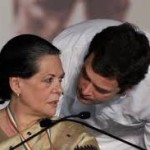ENARADA, New Delhi,
By Ajay N Jha
The victory of AAP in Delhi assembly elections has made many political commentators shower choicest of superlative on team kejriwal and also started cautioning that dealing with the Congress party was not an easy task.
A few commentators also compared AAP and the Congress party with David and Goliath saying AAP proved what happens when ordinary people confront powerful and mighty opponents.
On the hindsight, one is tempted to explore the idea as to what we consider valuable in our world arises out of all kinds of lopsided conflicts and perceptions while facing overwhelming odds.
While it may look out of sync and in fact, totally bizarre to draw any parallel with David and Goliath Story yet the fact remains that AAP has done almost the same thing that the Shepherd boy David had done to slay the mighty Goliath.
1. David proved by his sheer dedication and determination that facing overwhelming odds produces stunning and surprising results.
2. He also proved that Giants are not always what we think they are. The same qualities that appear to give them strength are often source of great weakness.
3. David changed the entire course and direction of the battle by surprising Goliath with his stick instead of heavy armour, sword and javelin.
4. David psychologically broke Goliath from within and made him emotionally unstable.
5. David used a “slinger” against Goliath’s “sword” and yet killed him
Before its stunning debut in the Delhi elections, the Aam Aadmi party was a bit of a curiosity, a welcome break from the jaded Congress-BJP politics as usual. But AAP decimated the Congress and it caused the BJP vote share to drop by 2 percentage points. More than, he forced Congress party to unequivocally support AAP to form the government and agree to confirm 16 out of the total of 18 conditions imposed by AAP.
A detailed examination of above mentioned points towards a fascinating story which has been the talking point at every nook and corner of the national capital.
One, the success of AAP in Delhi proved that the fact of being an underdog can change people in a ways that we often fail to appreciate it. Moreover, it can open doors and create opportunities and educate and enlighten and make those things possible what might otherwise have seemed unthinkable. The outcome of the epic confrontation between David and Goliath in the valley of Elah almost three thousand years ago was relevant
even today. Almost every right thinking citizen in Delhi thought of AAP as a motley bunch of pigmy volunteers and pamphleteers who could hardly do any damage to the two national parties- Congress BJP which had everything with them- resources, cadre base, organizational structure and Delhi Chief minister Shiela Dixit had ruled the national capital for 15 years in a row and the congressmen never took the Kejriwal team seriously. They thought the Congress party was invincible since APP had virtually nothing to match in terms of election resources, organizational structure and the campaign capability.
Two, it was that kind arrogance and over confidence in Sheila Dixit’s popularity and her capability which made Congress workers rather laid back and underestimate the actual potential of AAP. On the other hand, BJP was gloating over the impeccable credentials and image of its Chief Minister candidate Dr Harshvardhan combined with the soaring nationwide popularity of Narendra Modi which they thought, would romp them home with a comfortable majority. It was this sense of self-assurance and over confidence which
gave the opportunity to AAP to plan and prepare its election strategy to near perfection.
Three, AAP started preparing itself to contest Assembly polls by fielding rookie candidates, concentrating on Mohalla meetings and raising those issues which national parties like Congress and BJP would not discuss and mentioning them in their high sounding and attractive looking manifesto.
This is what precisely Goliath had also expected from David who could come forward for a hand to hand combat like a warrior. It never occurred to him that the battle would be fought on anything other than those terms and he had prepared accordingly.
While the Congress party manifesto depended on Chief Minister’s performance in conducting Commonwealth games, more flyovers across the city, Bhagidari and other such notable achievements, the BJP kept harping on the sky-rocketing prices of essential commodities, deteriorating law and order situation, Delhi becoming a rape capital and so on. AAM Admi Party, on the other hand, decided to stick to the basics- water, electricity and corruption which appealed to a Delhi voter more than the rain of promises made by both political parties.
Four, AAP played the trick of David by shaking both Congress and the BJP from within by launching a survey blitzkrieg. Not only kejriwal and his friend released a barrage of surveys to unsettle both BJP and Congress parties, they created an aura of invincibility around themselves and it was the carefully calibrated publication of such survey results at regular intervals which created the atmosphere of victory around them. While, both BJP and Congress parties started believing on poll surveys by C Voter, Chanakya and a few other pollster agencies, Arvind kejriwal’s sms campaign, messages broadcast on FM radio and his continuous media campaigns and press conferences on the finding of those in-house surveys, played an important role in catapulting AAP in people’s eyes. That was how a big number of floating voters cast their vote in favour of AAP.
Fifth, AAP used the lowest strata of voters including rickshaw pullers, people living in unauthorized colonies and those unprivileged section of Delhi voters as hisn”Slingers” against the mighty poll managers and established team of both Congress and BJP. Till now, the majority of such voters had been taken for granted both by BJP and Congress as their ”vote banks” where last minute dole of money and liquor could do the trick.
Arvind kejriwal and his team also chose his election symbol as Jhadoo(broom) which is always meant for cleaning the dirt and muck from home and around. Metaphorically, this symbolized the fierce determination of Aam Admi Party to clean the reign of corruption of the 15 years Congress misrule with that broom. Consequently, the disgruntled voters of Delhi who had seen the dispensation of Chief Minister for more than one and half decade started joining the chorus “Ab Chalega Jhadoo” at the rear of every auto rickshaw. Incidentally, Jhadoo also plays an important role in Hindu rituals as a marriage is not complete without worshipping a broom.!!
Slinging, in any case, requires extraordinary amount of skill and practice and it becomes a devastating weapon in the hands of an experienced man. Paintings from medieval times show slingers hitting birds in midflight and Irish slingers were said to be able to hit a coin from as far away as they could see it. In Old testament Book of Judges, slingers are described as being accurate within a hairs’ breadth. An experienced “slinger” could kill or seriously injure a target at a distance of up to 200 yards.
It is here that Arvind kejriwal and his team mates proved to be “projectile warriors” who successfully launched projectiles from a distance on both BJP and Congress. Neither BJP nor Congress party poll managers could actually imagine how smartly and carefully AAP had planned to checkmate them. Both Congress and BJP leaders watched AAP approach, first with scorn, then with surprise and then with what can only have been horror. It is precise what happened. No one could imagine that AAP would win 28 seats in its first outing and the mighty Congress party would sink into single digit. On the other hand, BJP could not believe that they had reached so close to forming the government and yet they remained so far from the a magical figure of 36 in a house of 70 seats.
It is this phenomena which has led a few political commentators to term the stunning victory of AAP as “electoral insurgency”. In their opinion, there were only three comparable instances in post-Independence history including the Janata Party victory in 1977, TDP in Andhra Pradesh and AGP in Assam in the 1980s.
A few other political pundits have compared the rise of AAP to Jayaprakash Narayan in the 1970s and V P Singh in the 1980s. The first toppled Indira Gandhi while the second unseated her son Rajiv Gandhi in 1989.
The rise of AAp was quite unique in the sense that it does not fit comfortably into any of its political forbears because unlike most parties in India, it “is not based on inherited power, wealth, community, caste or language. It had a very modest beginning, thanks to Anna Hazare’s Lokpal movement and from there, it started growing in strength in terms of
volunteer base, dexterous and clever use of social media and its strategy of collecting small donations from many people and finally, made it big.
For most of the Delhi voters, Kejriwal and his team mates, looked more like boys and girls next door who were trying something new. As a commentator said ”Kejriwal has more of a mouse-that-roared persona instead of a celluloid God-on-earth like N T Rama Rao. Unlike AGP, AAP was not born out of a student movement. It has nothing to do with regional pride which has been the usual genesis of smaller parties in India from DMK to Trinamool to the Samajwadi Party.”
Though the Lokpal movement triggered the formation of AAP, the political party, it was nothing as cataclysmic as the imposition of Emergency which made the student movement across the country a big phenomenon under the leadership of Jayprakash Narayan.
Arvind kejriwal has also declared that he wants to amplify and replicate the Delhi experience at national level in the forthcoming Lok Sabha polls.
However, the biggest problem that AAP is going to face is that on one hand AAP does not have the time to build the kind of infrastructure it needs to really go all-out national though with 94 urban parliamentary constituencies and 122 semi-urban constituencies to pack a powerful punch. VP Singh took two years to organize against Rajiv Gandhi.
Secondly,a very short run up to the national elections also means AAP will not really have a substantial record in Delhi its opponents could really pick apart by the time India goes to the polls.
Moreover, Kejriwal’s promises to the voters of Delhi are as pompous as showing a moon in the afternoon. Delivering 700 litres of free water every month and bringing down electricity tariff by 50 percent within 2 months is a very tall order and the starting euphoria will go as inefficiencies and shortages continue. Moreover, the Congress party’s policy of “Yes” and “No” every second day would make AAP’s ruling days quite short and extremely
vulnerable. There is a danger of AAP losing its sheen and shirt in this kind of situation.
On the other hand, even a six month tenure of AAP government in Delhi is going to be a nightmare for both BJP and the Congress party because by then, it would have created good amount of fire and buzz to grab at least 30 to 40 Lok Sabha seats. In that case, more than Congress party, it would be AAP which would turn Narendra Modi’s dream of getting 200 plus seats into a nightmare.
It is because AAP’s advantage over other political parties is that its grievances have a pan-Indian appeal as opposed to a regional one. AAP has thrived and grown on account of anger and frustration with the system. How long would its intensity and drive continue in future also remains a debating point.
In any case, Arvind kejriwal’s promises and prescriptions are radically different from the existing system framework and hence, difficult to emulate and implement. His promise of a citizen-friendly and corruption-free state, that has begun to excite the imagination of urban India. But even a small failure of APP would now be seen with a magnifying glass and AAP may find itself being the victim of the same Frankenstein created by it if it fails to deliver and perform.
(Posted on December 25, 2013 @ 5pm)
(Ajay N Jha is a veteran journalist from both Print and Electronic media. He is Advisor to Prasar Bharti. The views expressed are his personal. His email id is Ajay N Jha <ajayjha30@gmail.com> )
The views expressed on the website are those of the Columnists/ Authors/Journalists / Correspondents and do not necessarily reflect the views of ENARADA.











